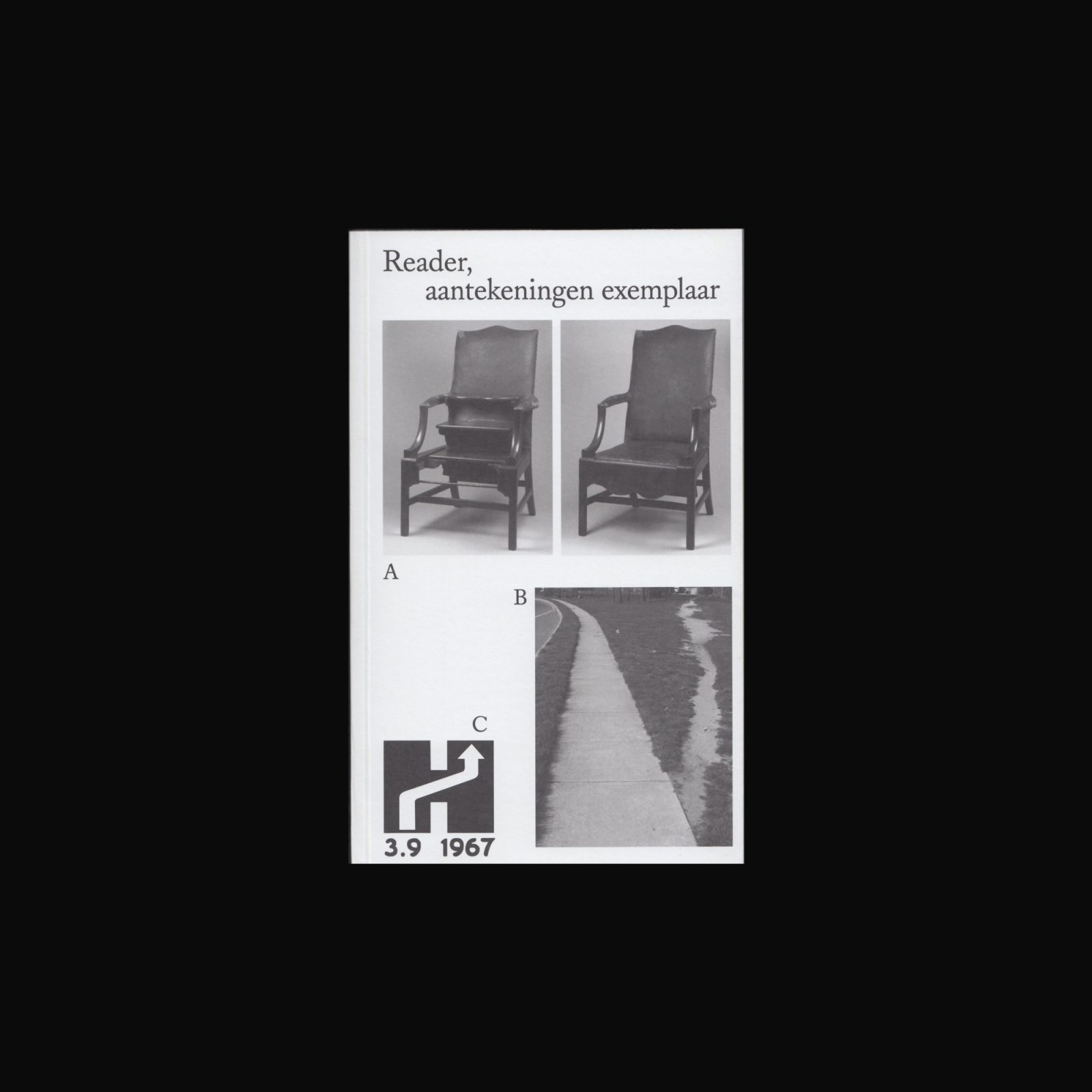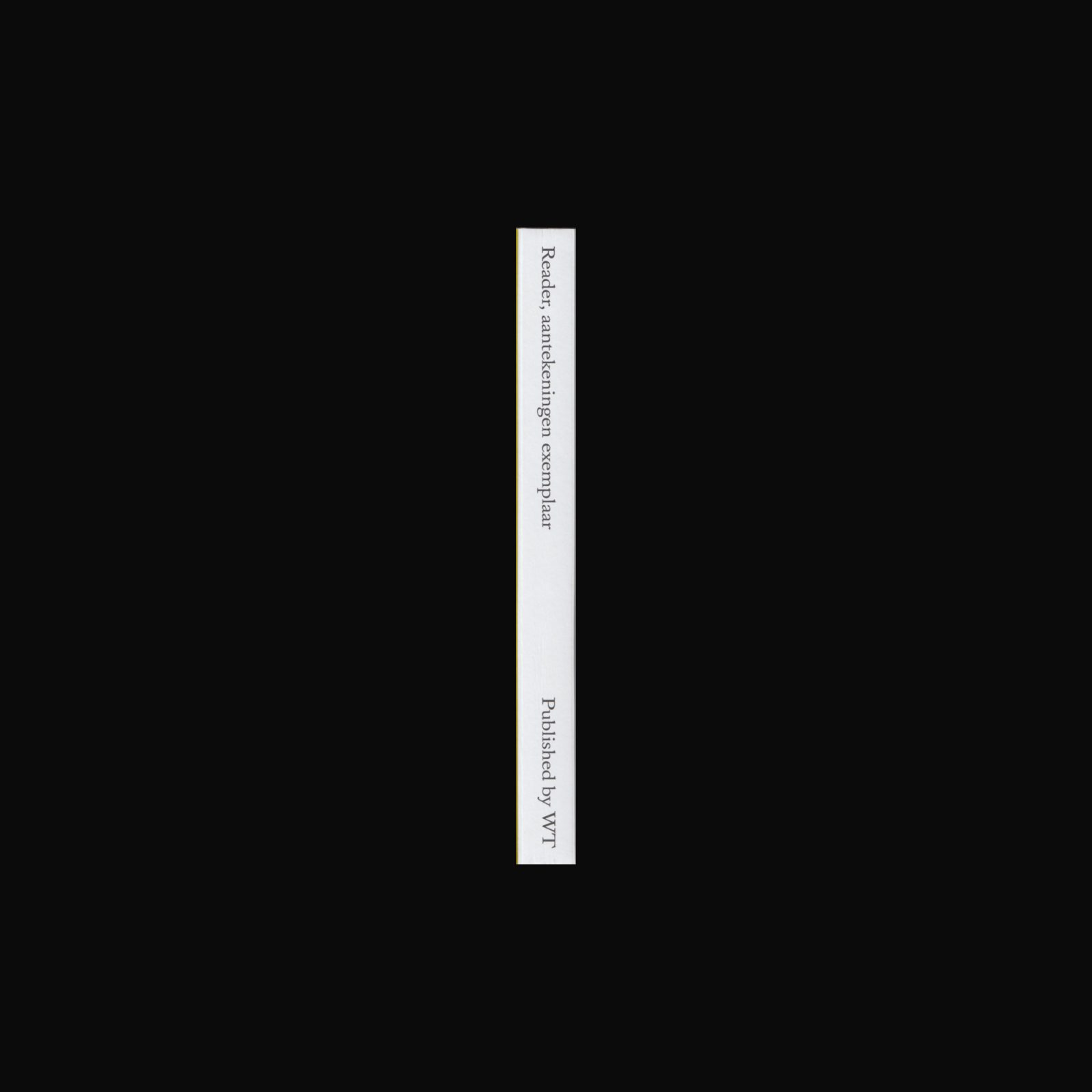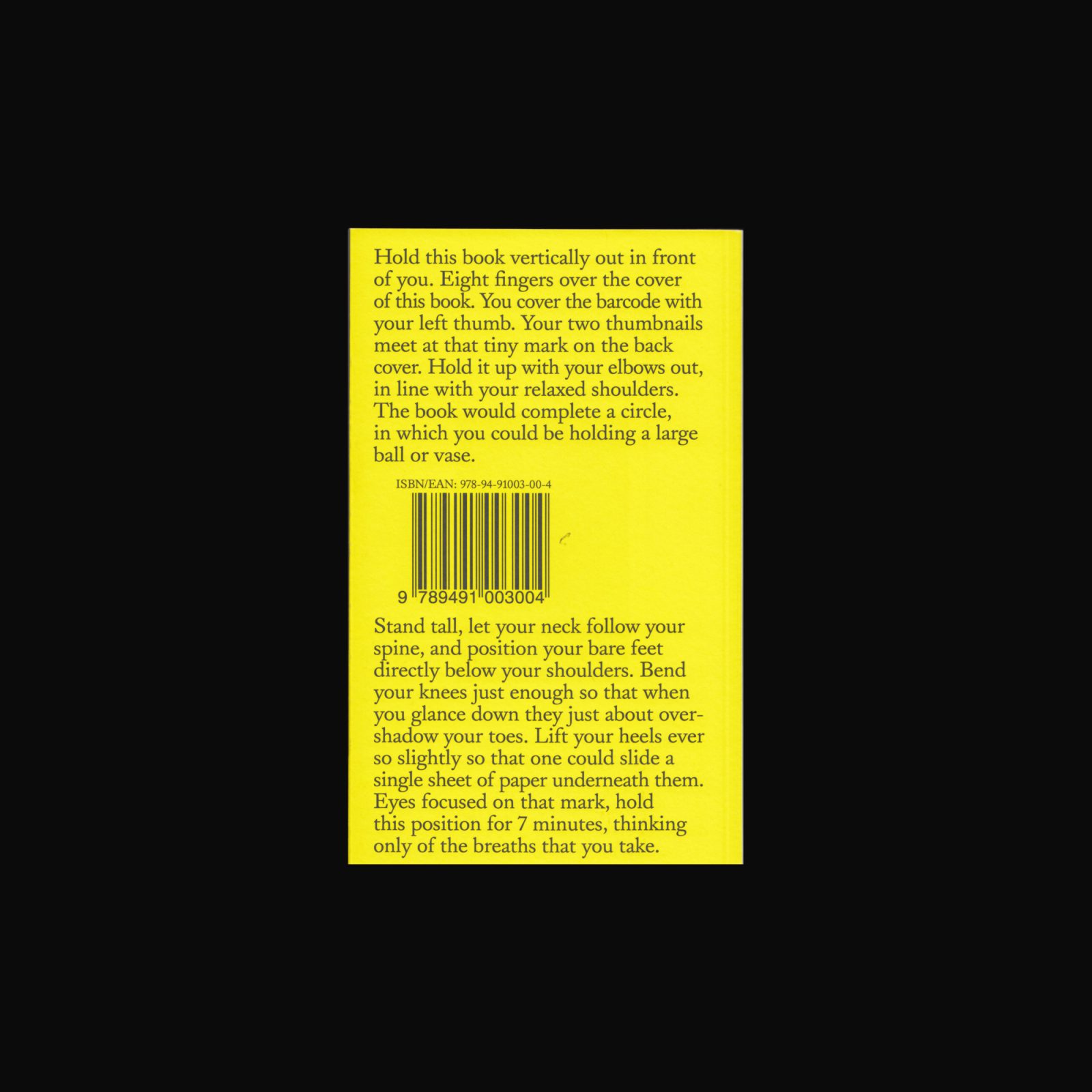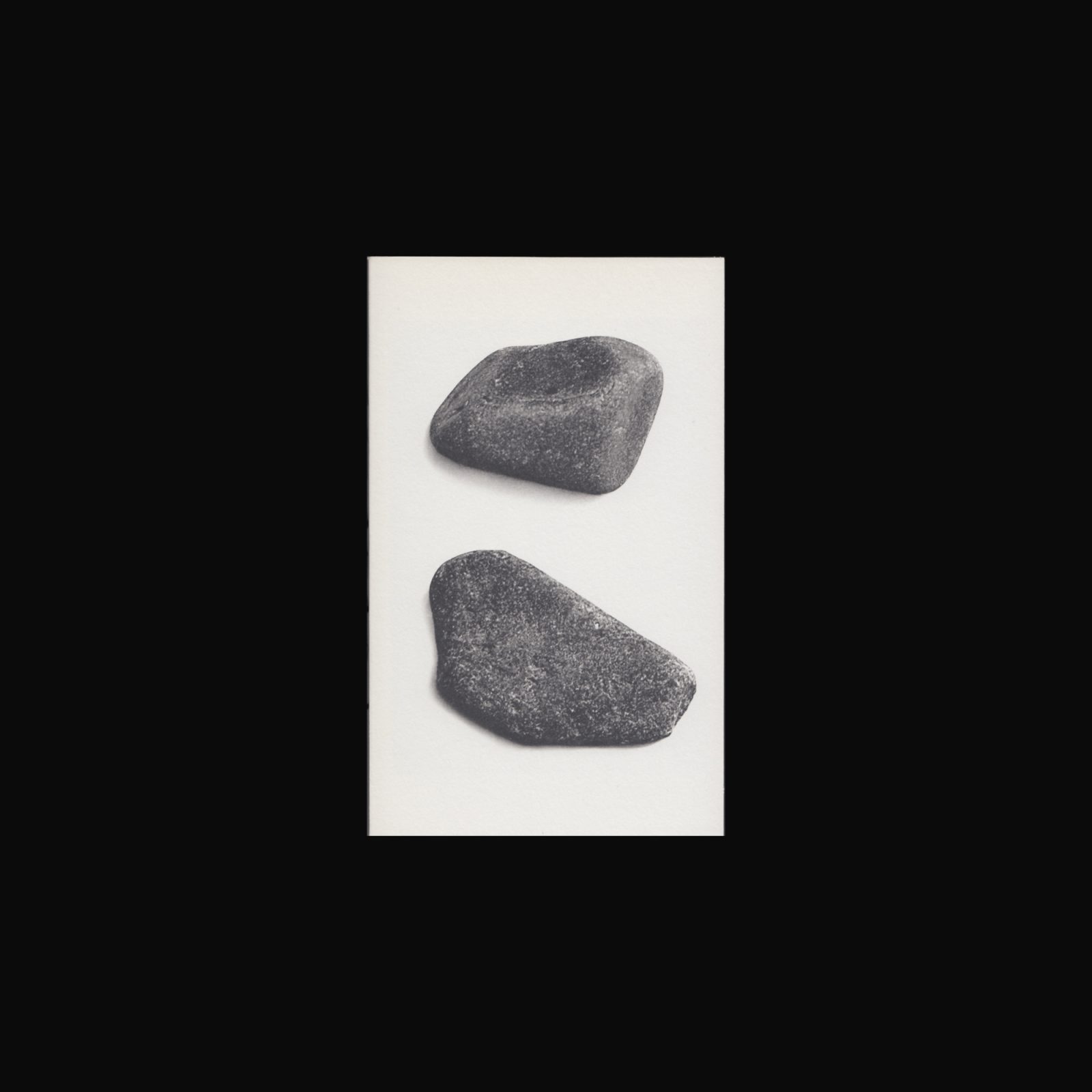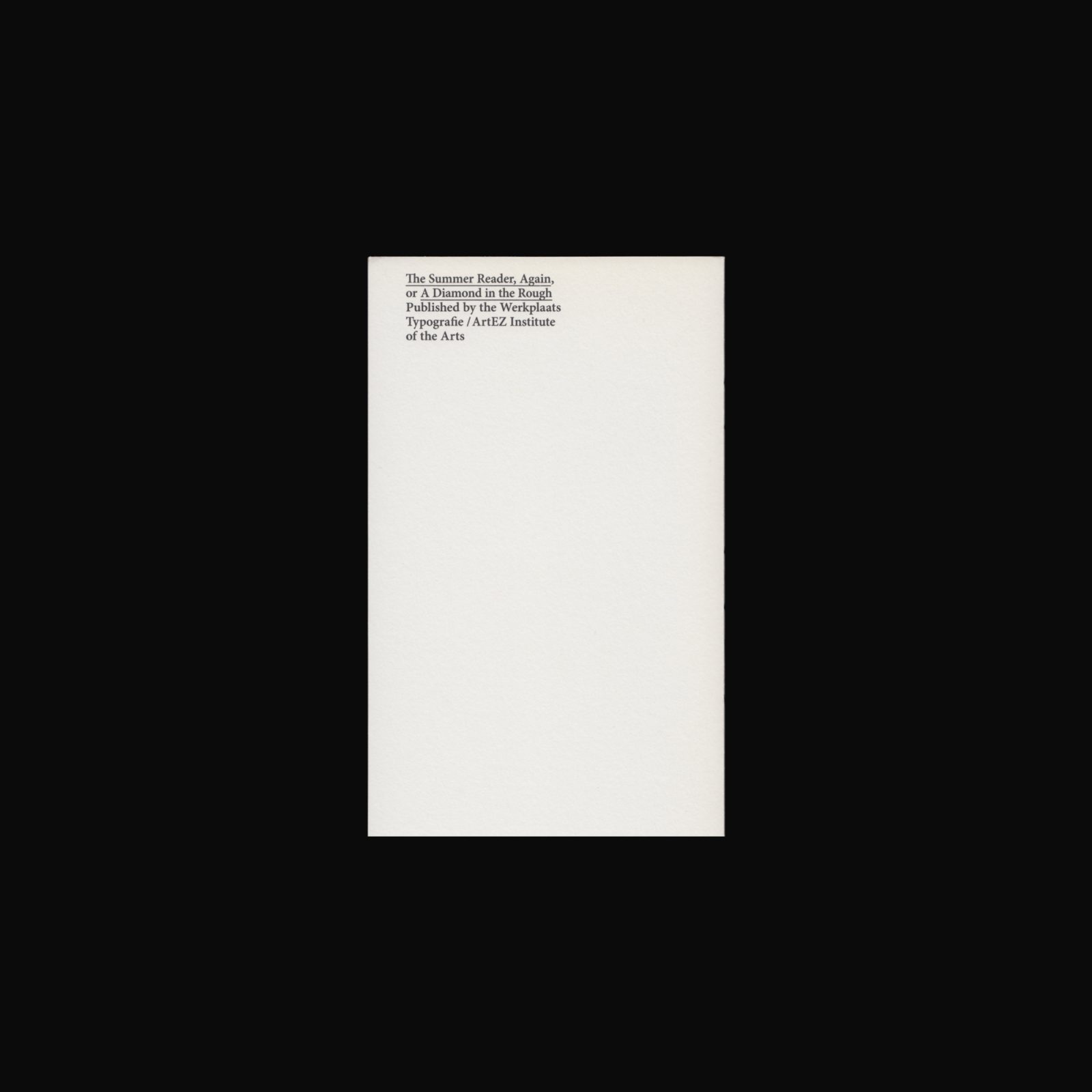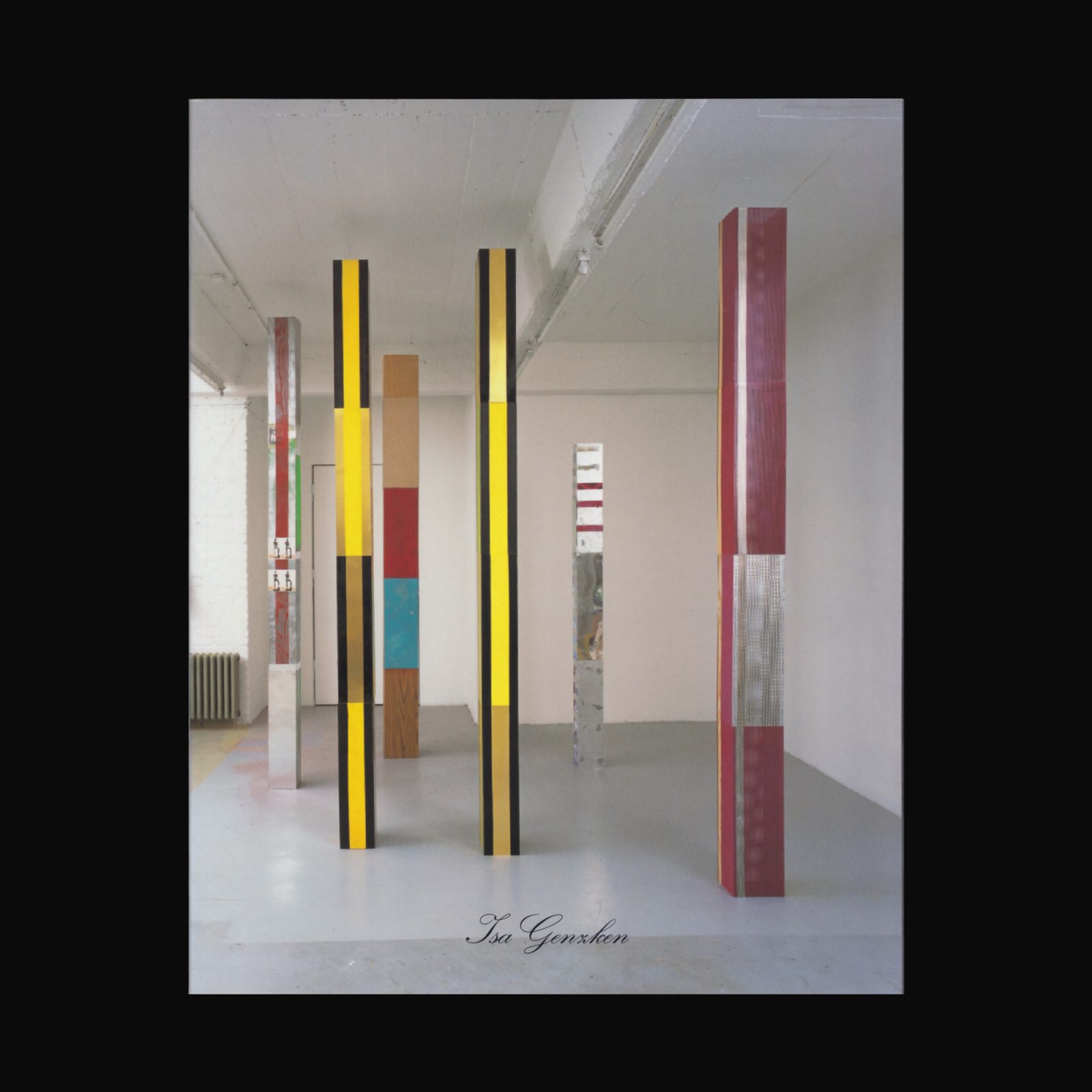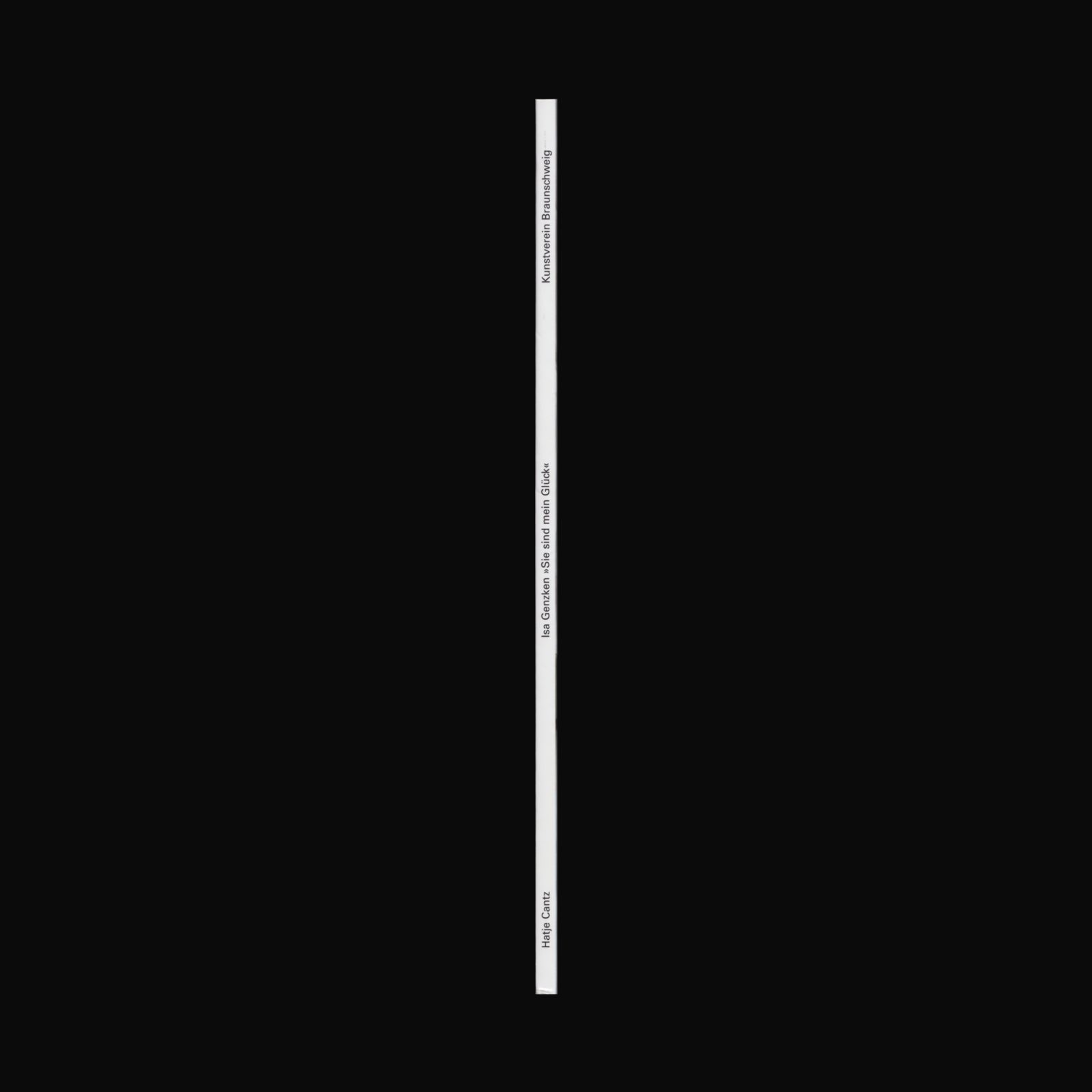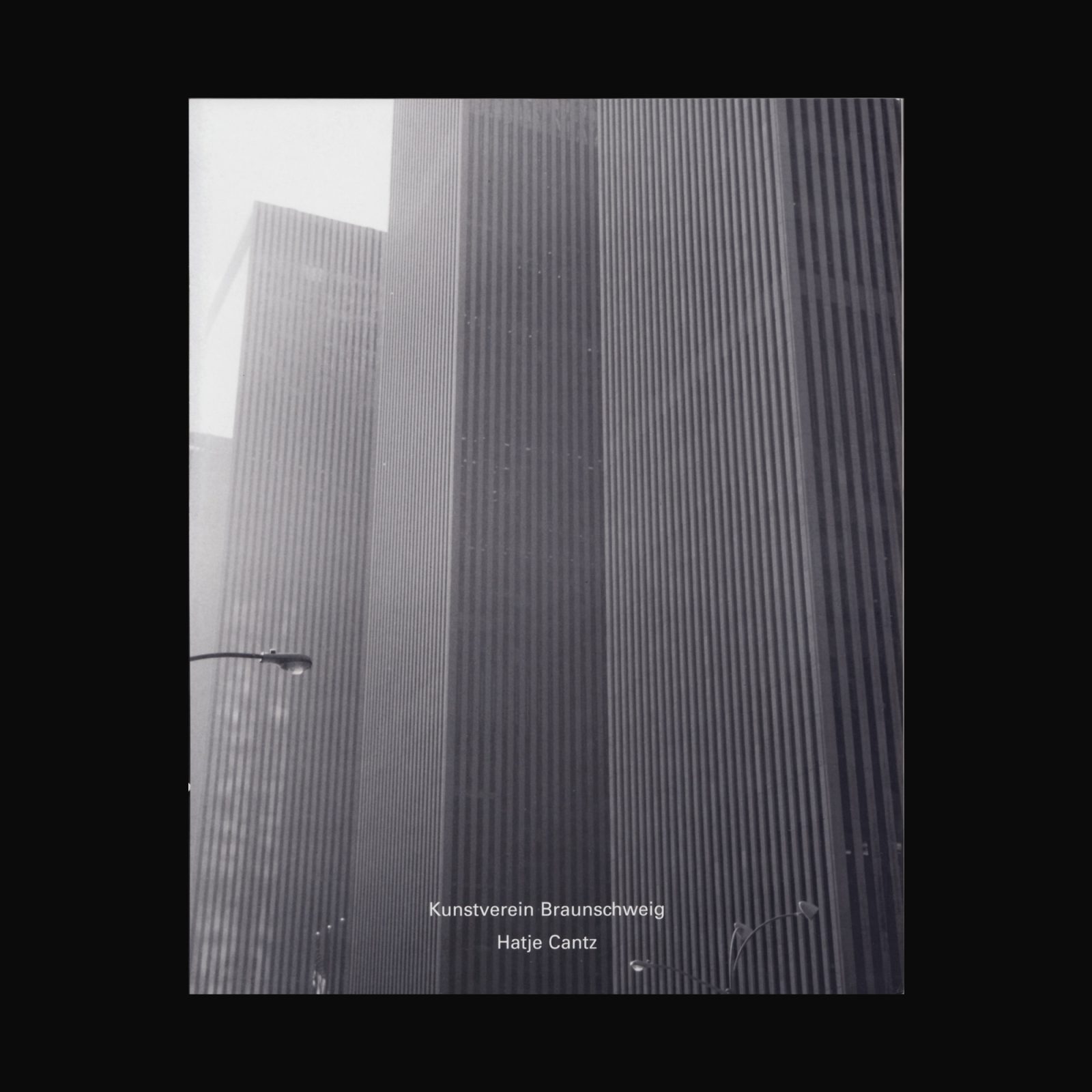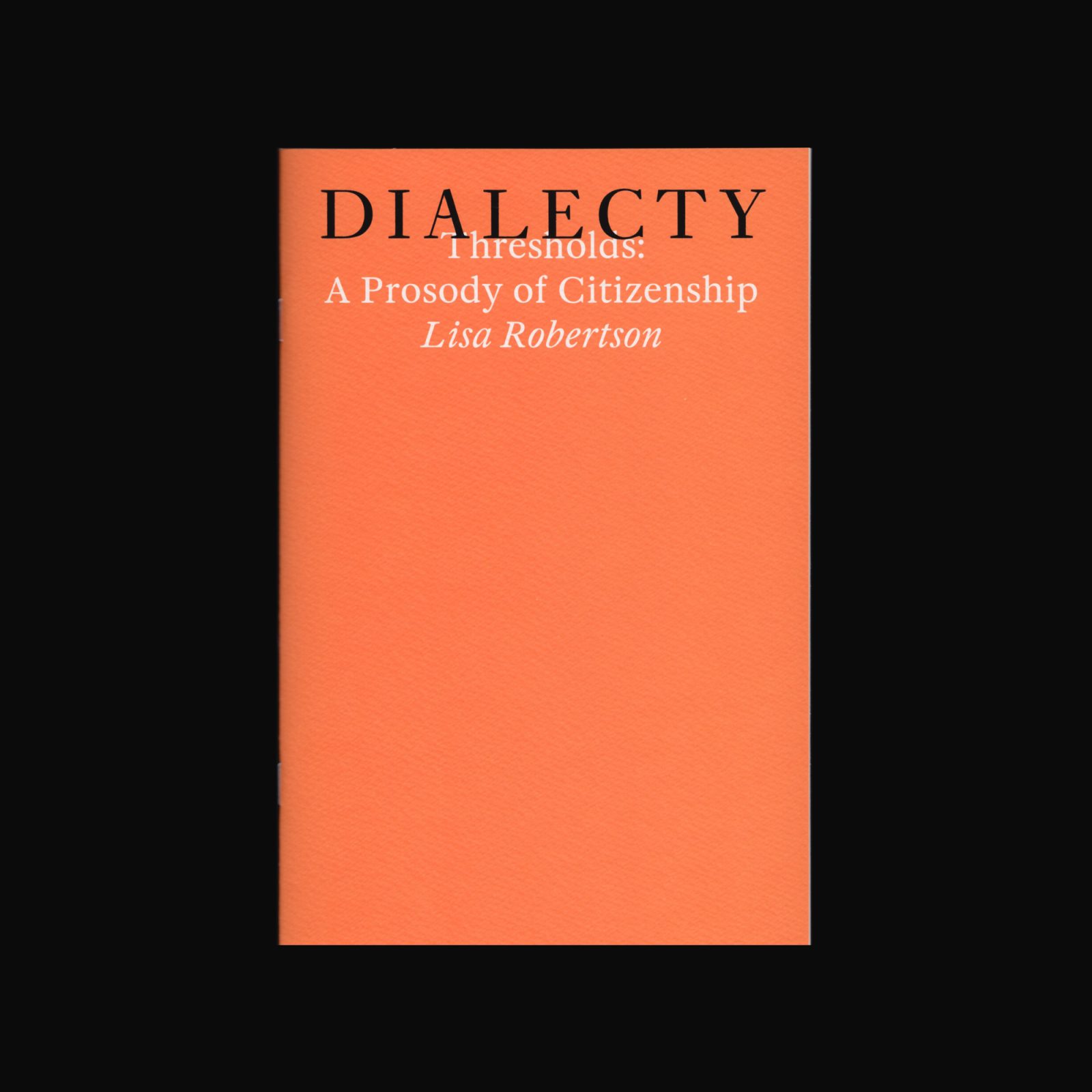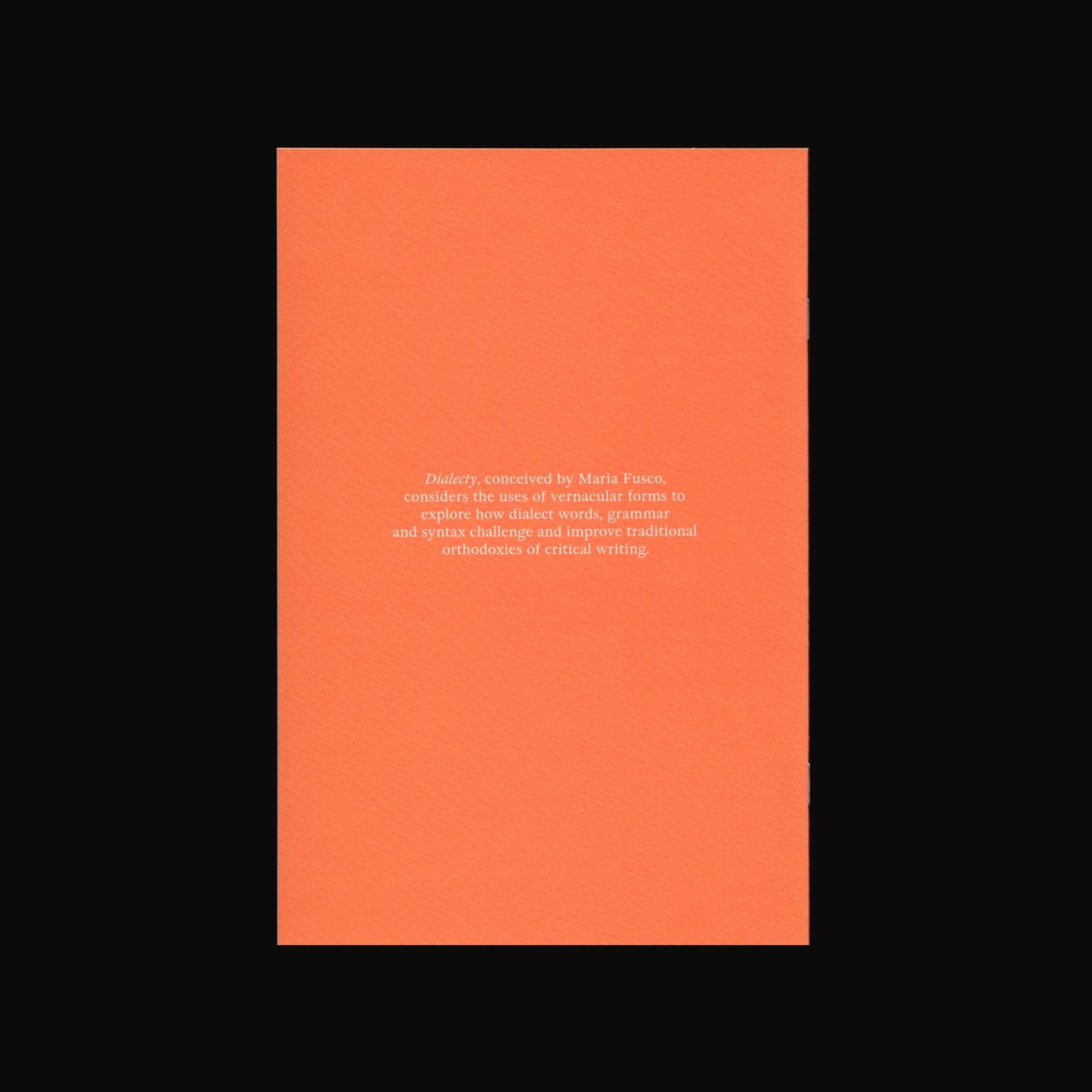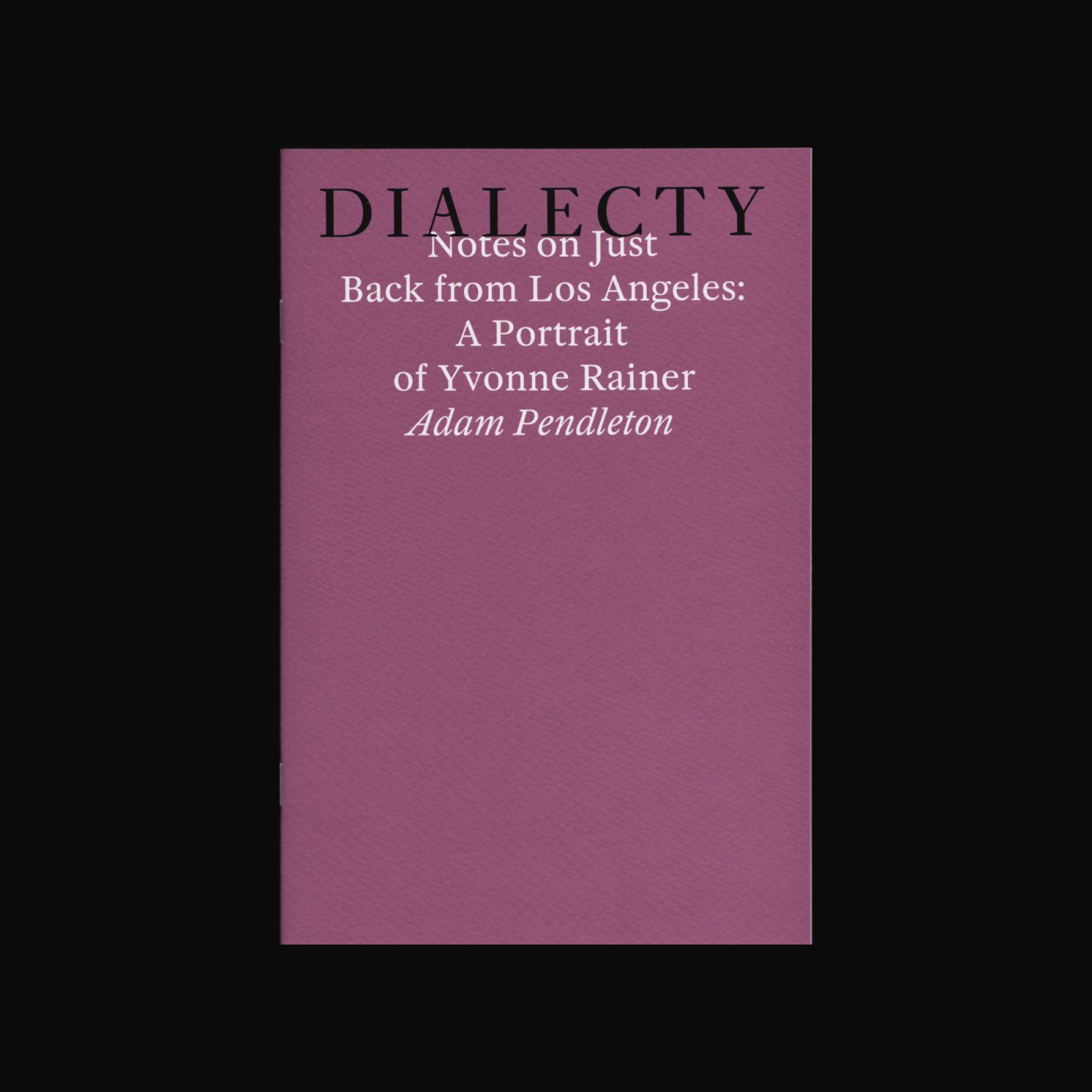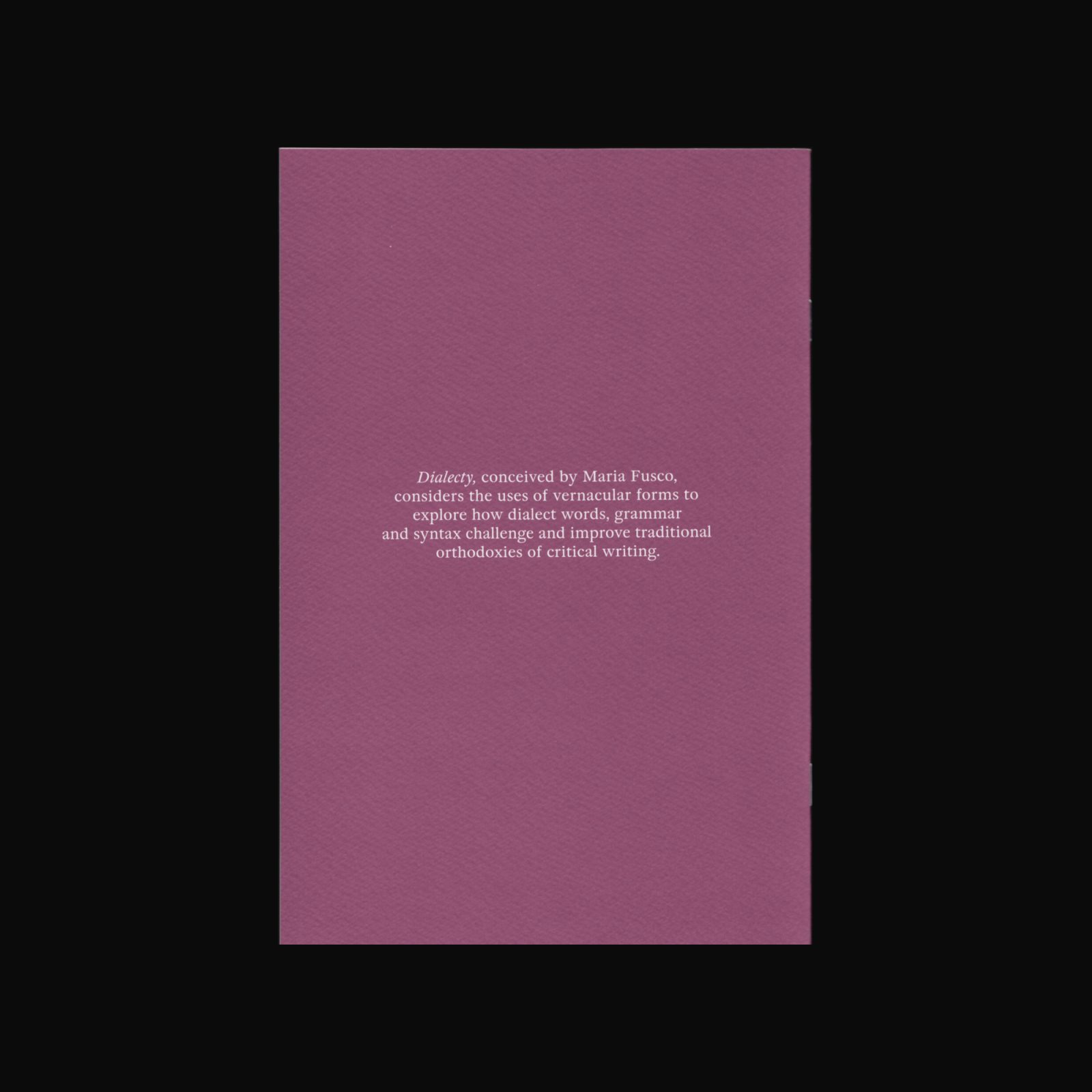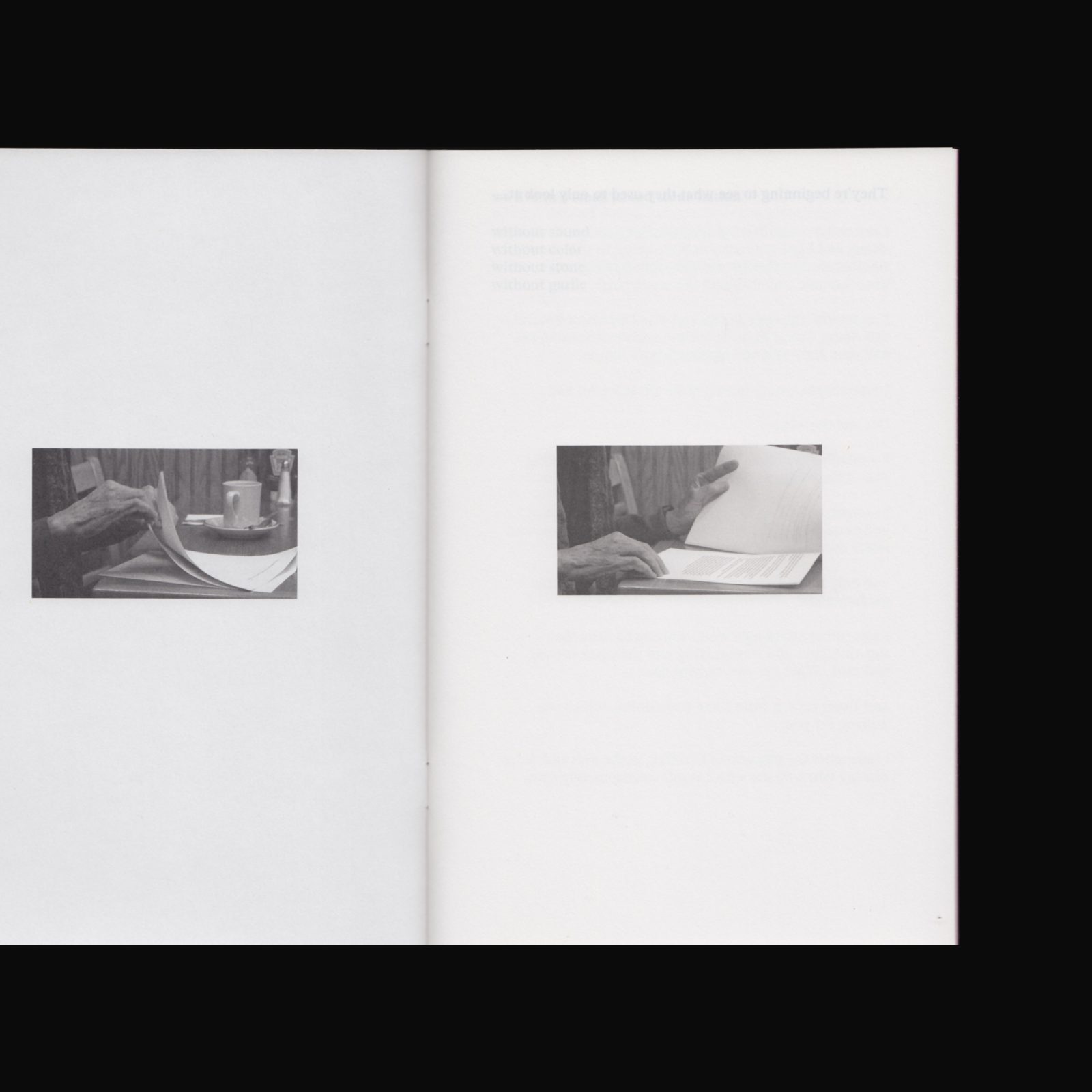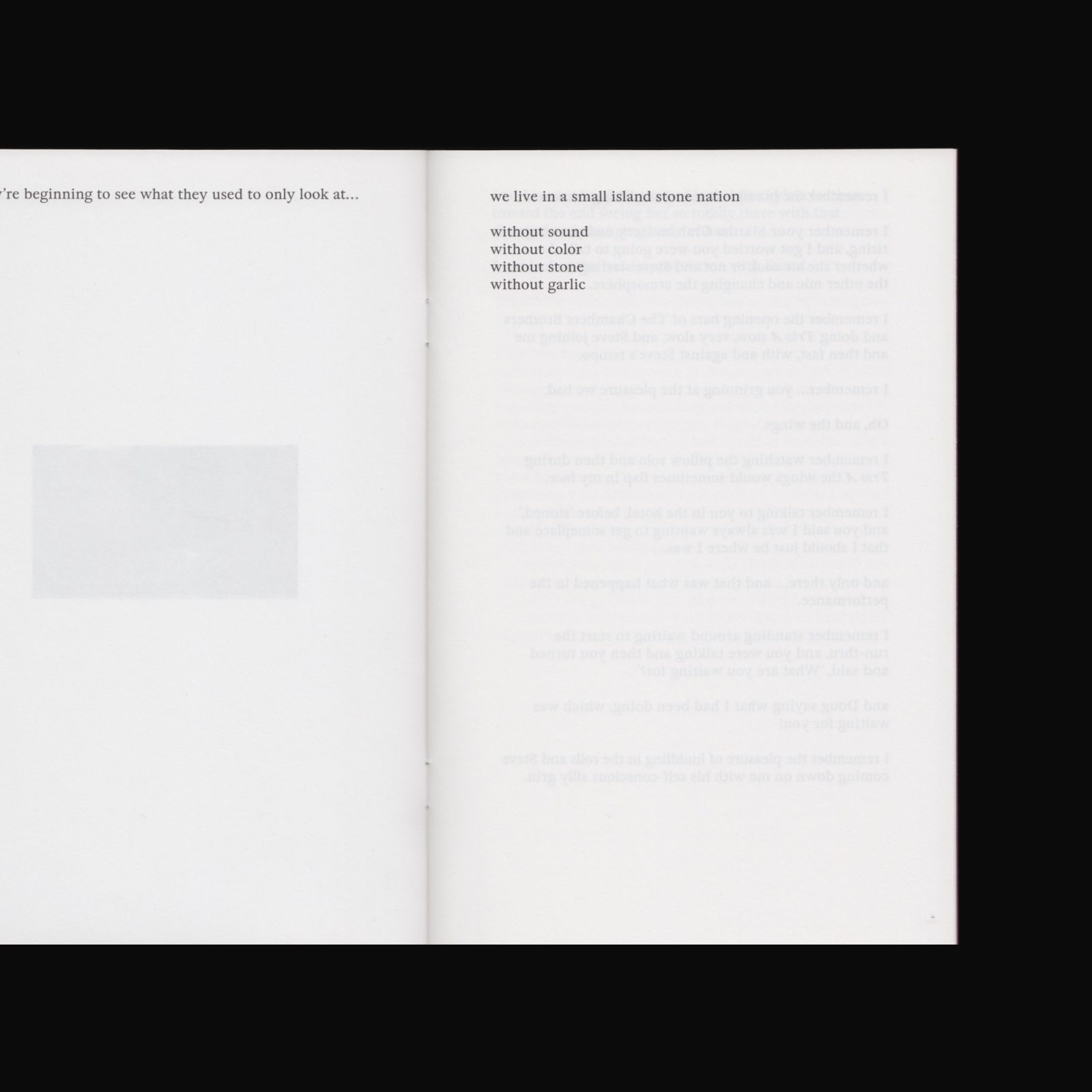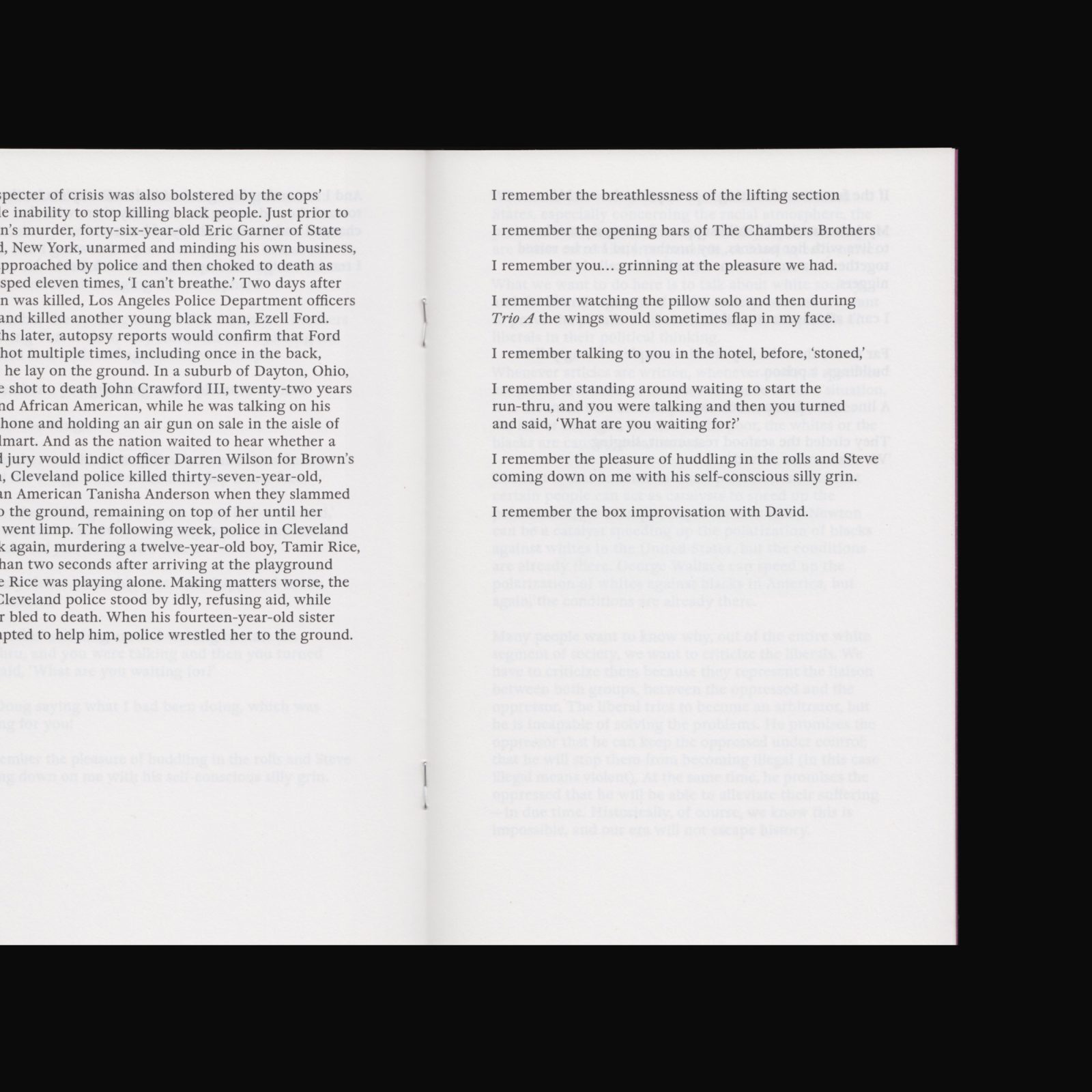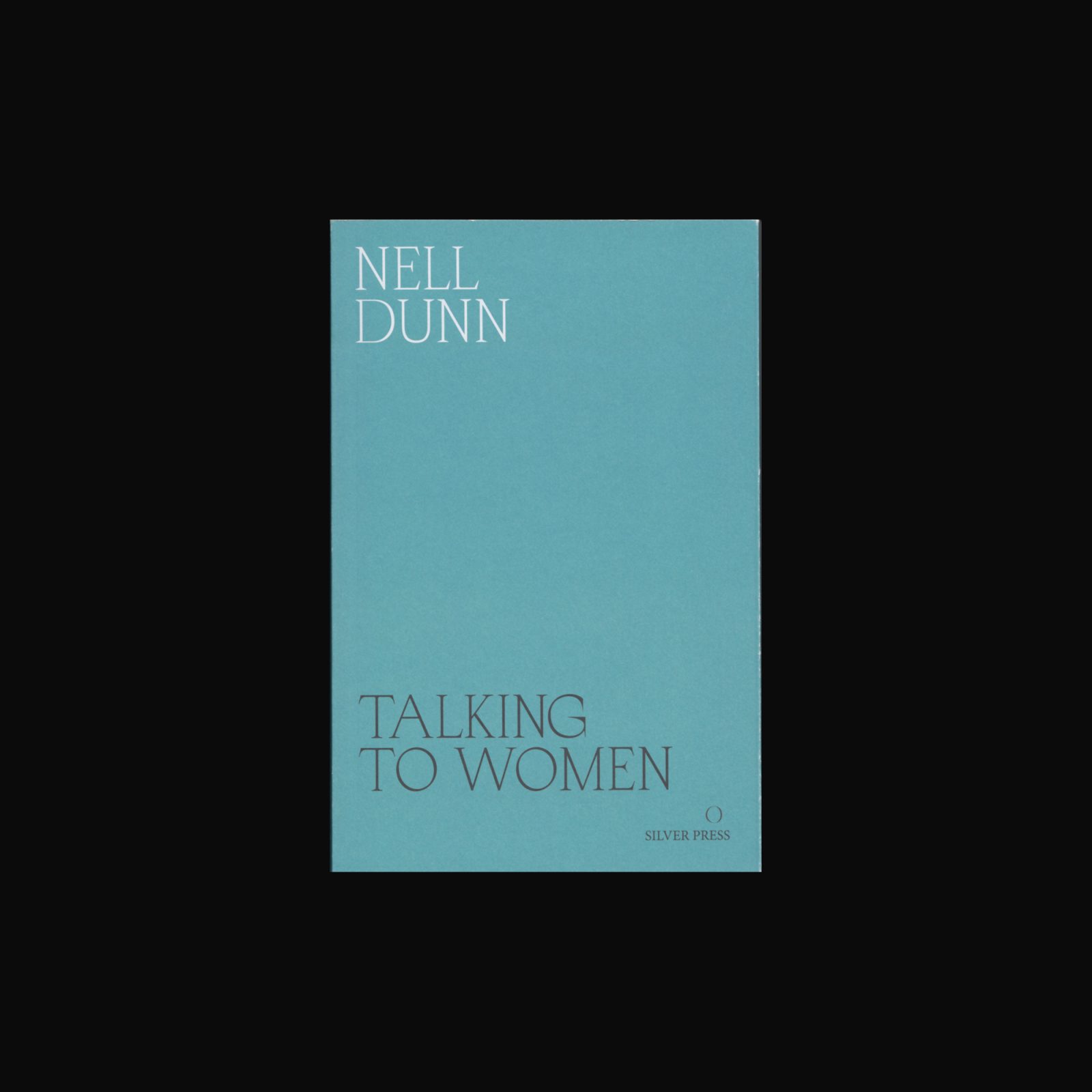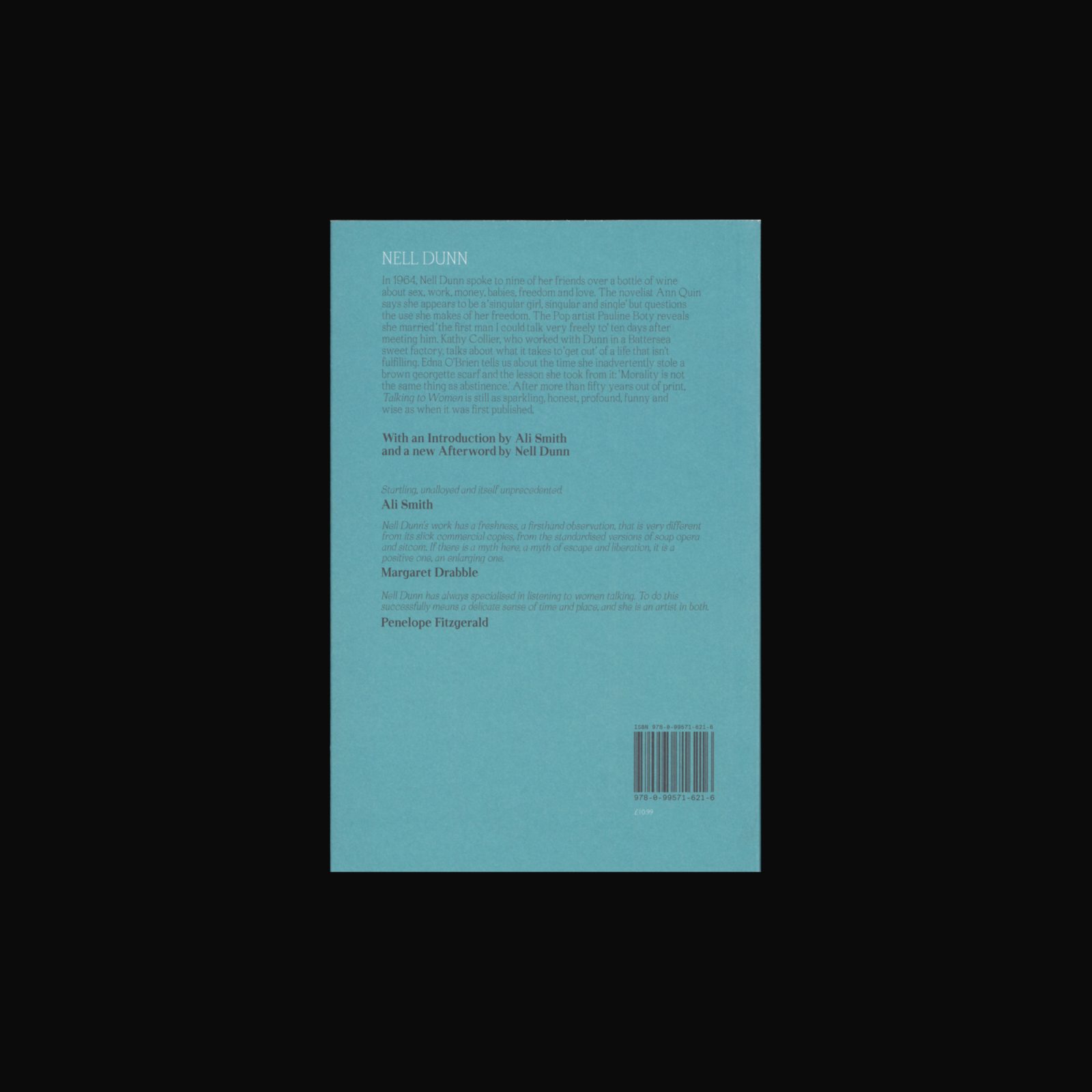Authors: Ronja Andersen, Danielle Aubert, Joel Colover, Valentina Desideri, Jason Dodge, Olya Domoradova, Paul Elliman, Rosie Eveleigh, Eloise Harris, Sarah Käsmayr, Maxine Kopsa, Raimundas Malasauskas, Robert Milne, Josse Pyl, Nerijus Rimkus, Charlotte Taillet, Maud Vervenne, Caroline Wolewinski.
As part of Speelplaats, a parallel program of Werkplaats Typografie, participants challenged what was being offered in the school’s curriculum by introducing improvements or suggesting alternatives. Reader, aantekeningen exemplaar brings together these contributions made to the Speelplaats program alongside other like-minded initiatives by participants, guests and tutors in the shape of examples as well as reference texts.
Edited and designed by Ronja Andersen and Nerijus Rimkus.
